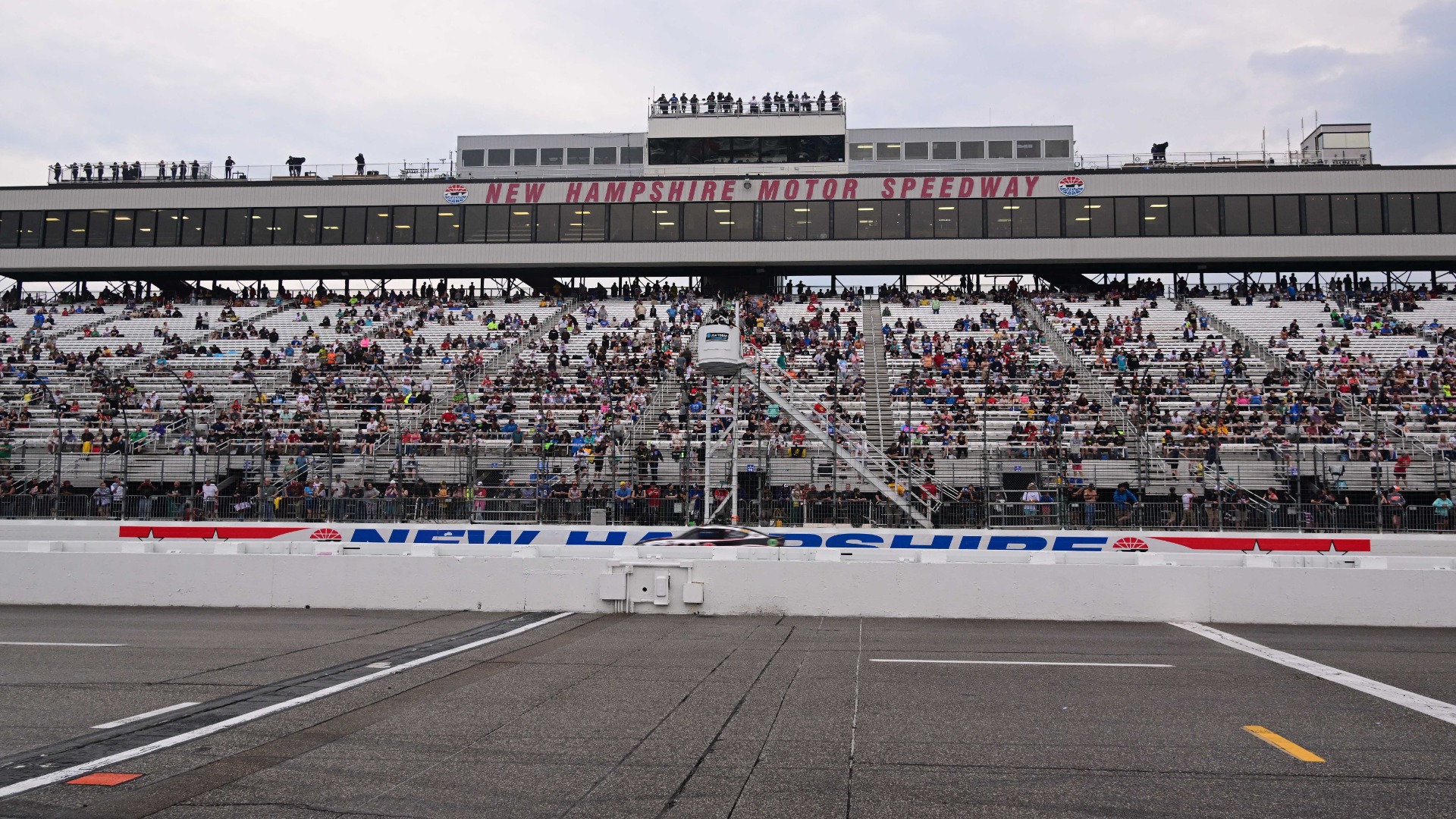To even finish the 24 Hours of Le Mans, a car has to be borderline bulletproof. So to win the race, teams essentially have to start preparing a year in advance.
Roush Yates Engines powered the Ford GT to victory at Le Mans in 2016, and it knows coming into this year’s race its competitors will be doing anything they can to prevent it from repeating. That’s why the team started preparing for its return to the historic race since the end of last season.
“The Roush Yates’ engineering team has worked very closely with the Ford Performance engineering team this past year,” Wade Riesterer, technical Manager of Road Racing of Roush Yates Engines, said in a press release. “Having the 2016 Le Mans race data from four cars has allowed us to improve our correlation between simulation and the track in order to add another level of refinement to our simulation models.”
The 3.6-liter twin-turbocharged V-6 engines that are mounted in the middle of the GT race cars are built at Roush Yates’ shop in Mooresville, N.C., in a separate facility from its highly successful NASCAR power plants.
Check out these photos Roush Yates provided that give a step-by-step look at how it turns boxes of parts into engines that are capable of driving flat-out for 24 hours:

Before assembly begins, every engine is assigned to its own build cart, which contains all the parts that will go into that unit.
Not all of the components are made in house. Roush Yates receives engine blocks that are produced at Ford’s plant in Lima, Ohio.

Although the blocks are produced by Ford in Ohio, Roush Yates completes the final machining in North Carolina.

After slightly modifying the cylinder heads, this department installs things such as exhaust guides.

Roush Yates manufactures the EcoBoost engine cover at its CNC machining facility, which also is located at its Mooresville plant.

After the machining and prep work is complete, Roush Yates begins the actual assembly process.
After assembling the internal combustion engine itself, technicians get to work installing the two turbochargers.

Next, the engine gets its carbon fiber cam cover. This is on full display from outside the GT, since its engine bay is covered by transparent perspex.

The manifold is the final step of the assembly process, but far from the end of the engine preparation process.

With so much money riding on a good result at Le Mans, Ford tests its engines on a dynometer to ensure they can withstand a day’s worth of assault.

After the engines’ reliability is proven, it moves on to the pre-shipment check, one of the final steps before its international flight.

With everything accounted for, Roush Yates begins preparing to ship their engines to France.

Once the power plants are in their Ford Performance and Roush Yates-branded containers, they begin their journey from Mooresville to Le Mans.
Thumbnail photo via Ford





